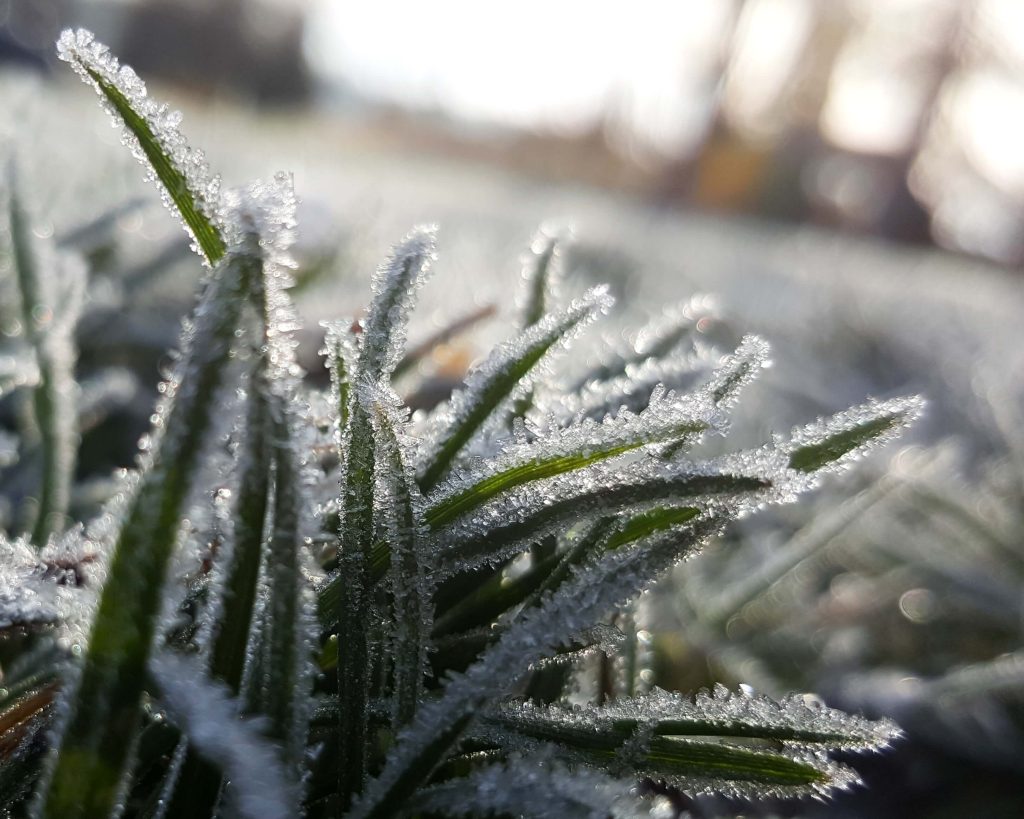Mother Nature can be harsh on a lawn, and it’s up to homeowners to nurse their lawns back to health after they endure the elements. That’s often the case when winter ends and homeowners uncover signs of damage to their lawns.
Homeowners cannot begin to repair winter lawn damage until they learn to identify it, and the following are some telltale signs that winter took a harsh toll on a landscape.
· Wilted grass: Many things can cause grass to wilt over the course of winter, so homeowners may have to put on their sleuth’s cap to determine why grass that was healthy as recently as late fall is now wilted as the spring bloom begins. Grass that’s adjacent to walkways and driveways might have wilted due to the application of de-icing solutions. Such products can prevent the formation of ice on driveways and walkways. However, when they’re tracked onto the grass by people or animals or blown there by winter winds, grass can wilt. A deep watering in spring can flush any lingering solution from the lawn. In future winters, homeowners can be as careful as possible when applying de-icing solutions, making a concerted effort to avoid spreading any onto the grass and limited applications to areas of the driveway and walkways that are not close to the grass.
· Brown patches: The National Association of Landscape Professionals notes that brown patches in a lawn often develop after heavy snowfall. Such patches tend to develop where large piles of shoveled snow were deposited, so homeowners can inspect alongside driveways and walkways. The NALP advises homeowners to rake away part of the brown patches first. If green tissue is emerging beneath, then the lawn will likely be fine in due time. However, if the area beneath is not green and surrounding areas are already turning green, homeowners may need to rake up dead tissue before applying topsoil to the affected spots. Once topsoil is spread, some grass seed can be spread,and the grass should regain its green glory.
· Gray or pink grass: Another indicator of winter lawn damage linked to snow is gray or pink grass. The NALP reports that this is a byproduct of snow mold caused by lingering snow. Action may be unnecessary, as the NALP notes these circular patterns often go away on their own. If not, raking the affected areas might be enough to get the lawn on the road to recovery. If the issue continues to linger after raking, a topsoil application and subsequent seeding may be necessary.
These are three common signs of winter lawn damage in areas where snowfall is significant during the coldest months of the year. Homeowners concerned about their damaged lawns are urged to contact a local landscape professional to correct any issues that linger into spring.








